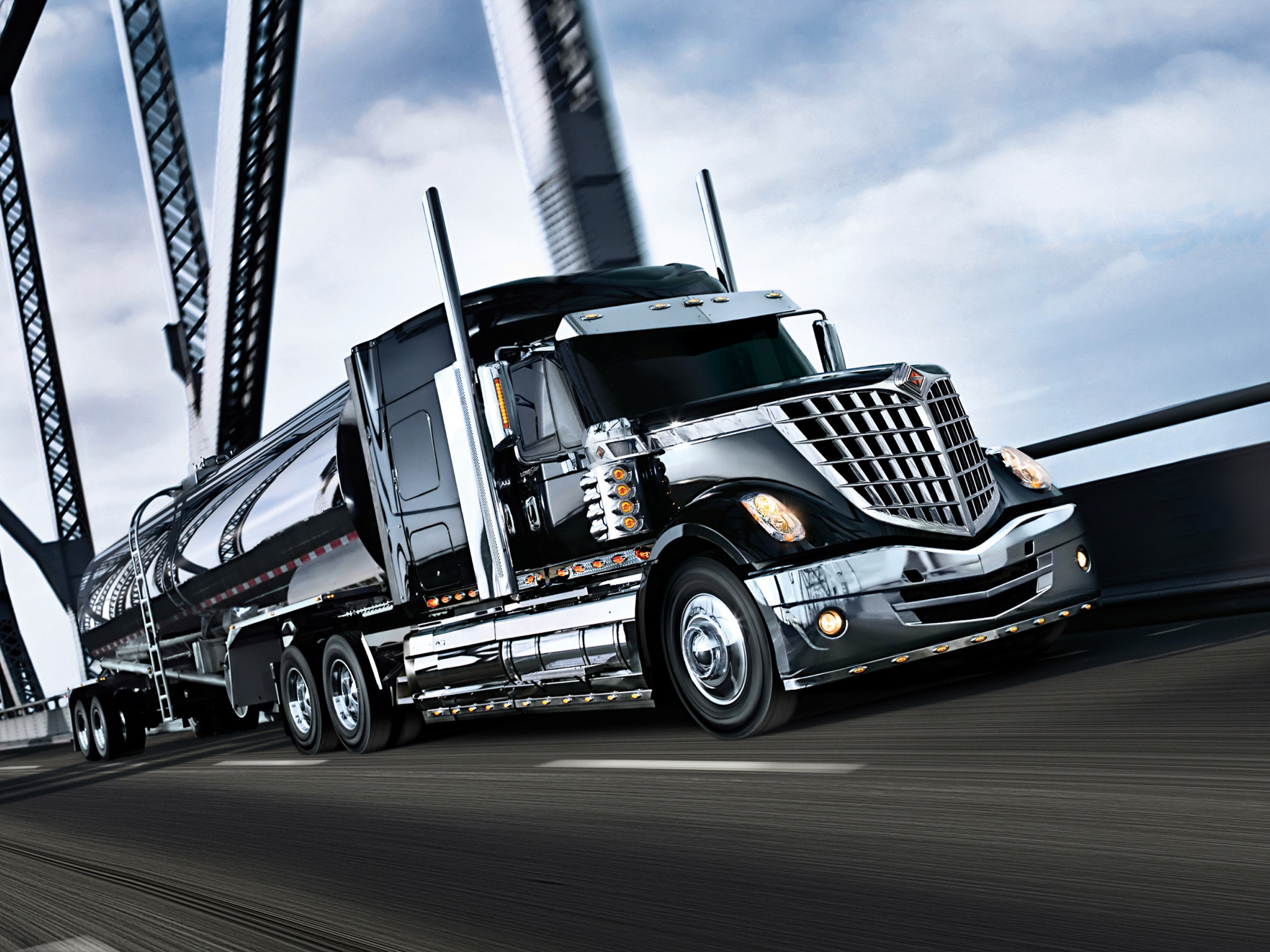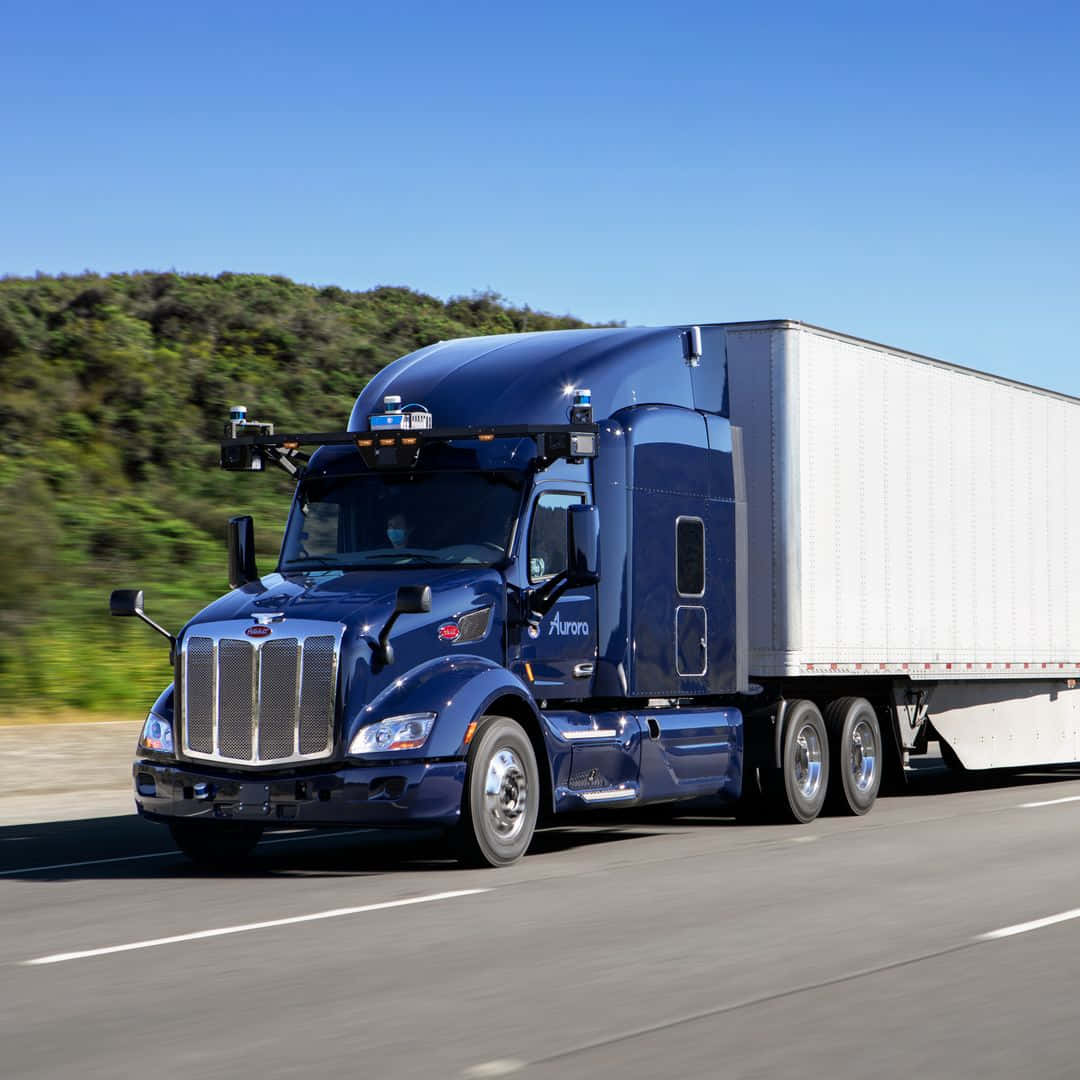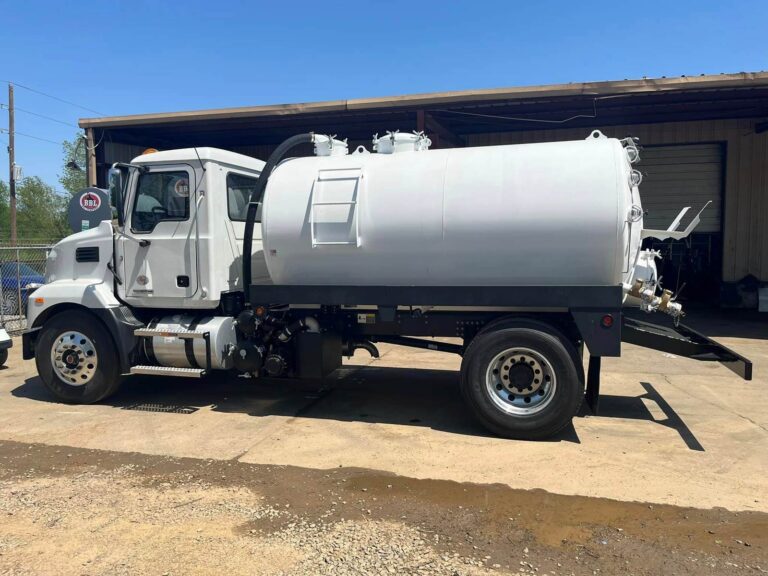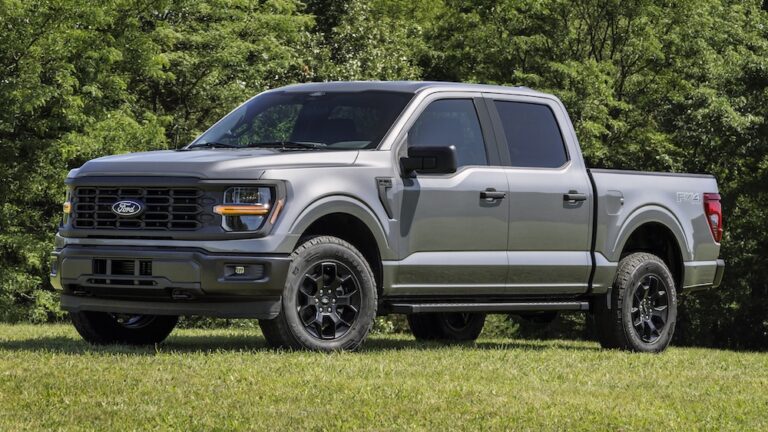What Trucks Will My Cap From 2012 Silverado Fit? A Comprehensive Guide to Truck Cap Compatibility
What Trucks Will My Cap From 2012 Silverado Fit? A Comprehensive Guide to Truck Cap Compatibility cars.truckstrend.com
The truck cap, or topper, is an invaluable accessory for many pickup owners, offering secure, weather-protected storage and enhancing the utility of their vehicle. If you own a truck cap from a 2012 Chevrolet Silverado, you might be wondering if this significant investment can be transferred to a different truck, whether it’s a newer model, an older one, or even a different brand altogether. The desire to reuse a perfectly good cap is understandable, offering potential cost savings and environmental benefits. However, truck cap compatibility is far from universal. It’s a nuanced topic dictated by precise measurements, design variations, and even generational shifts in vehicle platforms.
This comprehensive guide will delve into the intricacies of fitting a cap from a 2012 Silverado onto other trucks. We’ll explore the critical dimensions, highlight which models offer the best chance of a direct fit, and warn against the pitfalls of incompatible designs. By understanding the key factors at play, you can make an informed decision and potentially save yourself considerable time, money, and frustration.
What Trucks Will My Cap From 2012 Silverado Fit? A Comprehensive Guide to Truck Cap Compatibility
Understanding Truck Cap Compatibility Basics
Before diving into specific models, it’s crucial to grasp the fundamental factors that determine whether a truck cap will fit. Truck manufacturers design their beds with unique dimensions and contours, meaning a cap custom-built for one model year and make rarely fits another perfectly. The critical measurements include:
- Bed Length: This is the most obvious factor. Caps are manufactured for specific bed lengths (e.g., 5.8 ft, 6.5 ft, 8 ft). A cap designed for an 8-foot bed will never fit a 6.5-foot bed, and vice-versa.
- Bed Width (Internal & External): The internal width determines if the cap will drop down into the bed rails properly, while the external width across the top rails dictates how the cap sits and seals. Slight variations here can lead to gaps, poor sealing, or the cap not sitting flush.
- Bed Rail Height: This is the vertical distance from the bed floor to the top of the bed rails. Caps are designed to seal tightly against this surface. If the cap is too tall or too short for the new truck’s rails, it won’t seal properly, leading to water leaks and an uneven appearance.
- Cab Height and Contour: While not strictly about fitting, the aesthetic match between the cap and the truck’s cab is important. Many caps are designed to follow the specific roofline and rear window angle of the truck they were built for. A mismatch can look awkward and affect aerodynamics.
- Tailgate Design: The rear of the cap often overlaps or seals against the tailgate. Different tailgate designs (e.g., curved vs. flat top, integrated spoilers) can affect the fit and seal of the cap’s rear door.
- Bed Rail Cap Design: Modern trucks often have plastic or metal caps on their bed rails. These can vary in thickness and shape, subtly altering the effective width and height that a truck cap needs to accommodate.

The 2012 Chevrolet Silverado: Key Bed Specifications
The 2012 Chevrolet Silverado falls within the GMT900 platform, which spans from the 2007 to 2013 model years. This is a crucial detail because trucks within the same platform often share identical or near-identical bed dimensions, making cap compatibility highly likely.
For the 2012 Silverado, common bed lengths are:

- Short Box: Approximately 5′ 8" (or 69.3 inches)
- Standard Box: Approximately 6′ 6" (or 78.7 inches)
- Long Box: Approximately 8′ 1" (or 97.6 inches)

While precise internal and external widths, and bed rail heights can vary slightly based on specific trim levels or factory options (like bed rail covers), the core dimensions for a given bed length are remarkably consistent across the GMT900 platform. The cab design for these years also shares a similar rear window angle and roofline, which is beneficial for cap aesthetics.
Direct Compatibility: Same Generation/Platform Vehicles
If you’re looking for the easiest, most direct fit, your best bet is to stay within the same vehicle platform and bed length.
- 2007-2013 Chevrolet Silverado (Same Bed Length): This is the most obvious and straightforward fit. If your cap came off a 2012 Silverado with a 6.5-foot bed, it will fit any other 2007-2013 Chevrolet Silverado with a 6.5-foot bed. The bed dimensions, rail design, and cab contours are identical within this generation.
- 2007-2013 GMC Sierra (Same Bed Length): The GMC Sierra from 2007 to 2013 is mechanically identical to the Silverado, sharing the same GMT900 platform, chassis, and bed dimensions. Therefore, a cap from a 2012 Silverado will fit a 2007-2013 GMC Sierra of the corresponding bed length perfectly.
These are your "plug-and-play" options, requiring minimal to no modifications beyond ensuring the mounting clamps and weather seals are in good condition.
Potential Compatibility with Other GM Trucks (Close Generations)
Things become significantly more challenging when considering GM trucks outside the 2007-2013 GMT900 platform.
- 2000-2006 Chevrolet Silverado / GMC Sierra (GMT800 Platform): While these are still full-size GM trucks, their bed designs are distinctly different from the GMT900 generation. The bed rails are shaped differently, the overall bed width and height might vary slightly, and the tailgate design is also unique. A cap from a 2012 Silverado is unlikely to be a direct fit on a 2000-2006 model. You might encounter issues with sealing, the cap sitting flush, or the rear door interfering with the tailgate. Minor modifications (e.g., shims, custom weather stripping) might be possible for a "close enough" fit, but it won’t be perfect.
- 2014+ Chevrolet Silverado / GMC Sierra (K2XX and T1XX Platforms): These newer generations represent a complete redesign of the truck. The bed rails are significantly different, often wider at the top, and the cab designs have evolved. A cap from a 2012 Silverado will not fit a 2014 or newer Silverado/Sierra without major, costly modifications. The dimensions are simply too different, and the aesthetics would be completely off.
Compatibility with Other Brands (Ford, Ram, Toyota, Nissan)
The short answer here is: highly unlikely for a proper fit.
- Ford F-150 (Any Year): Ford’s F-150, while a competitor, has entirely different bed dimensions, rail designs, cab contours, and tailgate shapes. A Silverado cap will not fit an F-150.
- Ram 1500 (Any Year): Similarly, Ram trucks have unique bed designs that are incompatible with Chevrolet caps.
- Toyota Tundra / Nissan Titan (Any Year): Japanese full-size trucks also have their own proprietary bed dimensions and designs.
- Mid-Size Trucks (e.g., Chevy Colorado, Ford Ranger, Toyota Tacoma): Absolutely not. These trucks are significantly smaller than a full-size Silverado, and their beds are vastly different in all dimensions.
Even if you find a truck from another brand with a seemingly similar bed length, the critical factors of width, rail height, and cab contour will almost certainly prevent a proper, weather-tight, and aesthetically pleasing fit. Attempting to force a fit can damage both the cap and the truck.
Key Measurements to Take for Accurate Assessment
If you’re considering a potential fit, especially for a truck outside the direct compatibility range, precise measurements are your best friend.
-
Your 2012 Silverado Cap:
- Inside Length: Measure the length of the cap at the bottom edge, from front to back.
- Inside Width: Measure the width of the cap at the bottom edge, where it rests on the bed rails (from inside lip to inside lip).
- Outside Width: Measure the total width of the cap across the very top edges of its base.
- Height: Measure from the bottom edge of the cap (where it meets the bed rail) to the highest point of the cap.
- Front Profile: Note the angle and shape of the cap’s front where it meets the cab.
-
The Target Truck’s Bed:
- Bed Length: Measure from the front bulkhead of the bed to the inside of the closed tailgate.
- Inside Bed Width: Measure the width between the bed rails at the front, middle, and rear of the bed. Pay close attention to any variations caused by bed rail caps.
- Outside Bed Width: Measure across the very top of the bed rails.
- Bed Rail Height: Measure from the bed floor to the top of the bed rail.
- Cab Height & Contour: Visually assess the height of the cab relative to the bed rails, and the angle of the rear cab window.
Compare these measurements meticulously. Even a half-inch difference in width or height can compromise the seal and stability.
Important Considerations & Potential Challenges
Even with seemingly compatible trucks, several factors can influence the fit:
- Bed Liners and Bed Rail Caps: Aftermarket drop-in bed liners or custom bed rail caps can subtly alter the internal dimensions of the truck bed, potentially interfering with the cap’s fit.
- Weather Sealing: A perfect fit is crucial for weather protection. Gaps, even small ones, will lead to water and dust intrusion. Replacing old, compressed weather stripping on the cap is always a good idea.
- Mounting Clamps: Ensure the existing mounting clamps from your 2012 cap are compatible with the new truck’s bed rails. Some rails are thicker or have different lip designs.
- Aesthetics: A cap that doesn’t match the new truck’s body lines or cab height can look awkward and detract from the vehicle’s appearance.
- Electrical Connections: If your cap has an interior light or a third brake light, you’ll need to ensure the wiring can be adapted to the new truck’s electrical system.
- Weight Distribution: Ensure the new truck’s suspension and payload capacity can handle the weight of the cap, especially if it’s a heavier fiberglass model.
Tips for Success
- Measure, Measure, Measure: This cannot be stressed enough.
- Test Fit: If at all possible, physically place your cap on the potential new truck’s bed before committing. This is the ultimate test.
- Research Specific Truck Dimensions: Many online forums, manufacturer websites, and aftermarket accessory sites provide detailed bed dimensions for various truck models.
- Consult a Professional: If you’re unsure, a reputable truck accessory dealer or a custom fabrication shop can offer expert advice or even custom-fit solutions for minor discrepancies.
- Consider Resale: Sometimes, the hassle and potential cost of adapting a cap to a non-direct fit truck outweigh the benefits. Selling your 2012 Silverado cap and using the proceeds to buy a cap specifically designed for your new truck might be a more sensible and less stressful option in the long run.
Cost Considerations for Truck Cap Compatibility
While fitting your existing cap can save money, it’s essential to understand the potential costs involved in different scenarios. This table provides an overview of various situations and their associated financial implications.
| Scenario | Description | Estimated Cost Range | Pros | Cons |
|---|---|---|---|---|
| Direct Fit | Moving cap from 2012 Silverado to 2007-2013 Silverado/Sierra (same bed length). | $0 – $100 | Cheapest, easiest, perfect fit, retains weather sealing. | Limited to specific GM models/years. |
| Minor Modifications | Moving cap to a very similar truck (e.g., slight bed rail differences, minor aesthetic mismatch). | $100 – $400 | More flexibility, potentially saves money vs. new cap. | May not be perfectly sealed, aesthetics might be slightly off, DIY effort required. |
| Major Modifications | Attempting to fit to a significantly different truck (e.g., different generation GM, another brand). | $500 – $1500+ | Can theoretically make it work if you’re determined. | Very costly, time-consuming, likely requires professional fabrication, may still not be perfect, voids cap warranty. |
| Buying a Used Cap | Purchasing a used cap specifically designed for your "new" truck. | $300 – $1500 | Cost-effective alternative to new, perfect fit guaranteed, wide variety available. | Condition varies, limited color options, may need new seals/hardware. |
| Buying a New Cap | Purchasing a brand new cap custom-built for your "new" truck. | $1500 – $4000+ | Perfect fit, choice of features/color, warranty, modern design. | Most expensive option. |
| Professional Installation/Consultation | Having a shop assess fit, install, or make minor adjustments (e.g., new weatherstripping, wiring). | $100 – $300 | Expert advice, ensures proper sealing and safety, saves DIY hassle. | Additional cost. |
| New Weatherstripping/Clamps | Replacing worn-out seals or upgrading mounting hardware for a better fit/seal. | $50 – $150 | Improves weather resistance, stability, and longevity of the cap. | Basic maintenance cost, not a solution for major incompatibility. |
Frequently Asked Questions (FAQ)
Q1: Is my 2012 Silverado cap universal?
A1: No, truck caps are highly specific to make, model, and bed length. A cap from a 2012 Silverado is definitely not universal and will only fit a very limited range of other trucks directly.
Q2: What’s the biggest challenge in fitting my cap to another truck?
A2: The biggest challenges are often slight differences in bed width, bed rail height, and the contour of the bed rails/cab. Even minor discrepancies can lead to poor sealing, instability, and an awkward appearance.
Q3: Can I modify my cap to fit a different brand of truck?
A3: Major modifications (e.g., cutting, welding, fiberglass work) are generally not advisable or cost-effective for different brands. The extent of modification needed usually outweighs the cost of buying a used cap designed for the new truck.
Q4: Will a cap from an older (e.g., 2005) Silverado fit my 2012?
A4: No, a cap from a 2005 (GMT800 platform) Silverado will not be a direct fit for a 2012 (GMT900 platform) Silverado due to significant changes in bed dimensions and rail designs between those generations.
Q5: Where can I find the exact dimensions of my 2012 Silverado bed?
A5: You can measure it yourself using a tape measure (as described in the "Key Measurements" section), or consult online forums, truck accessory websites, or the specifications section of your truck’s owner’s manual.
Q6: What if my cap is slightly too wide or narrow?
A6: If it’s only slightly off (e.g., less than half an inch), you might be able to use thicker weather stripping or shims to fill minor gaps. However, significant differences will compromise the seal and stability. A cap that’s too narrow for the bed rails won’t sit properly at all.
Q7: How important is cab height matching?
A7: Cab height matching is primarily aesthetic. While it doesn’t prevent the cap from fitting, a cap that’s significantly taller or shorter than the truck’s cab can look disproportionate and affect the overall appearance of the vehicle.
Conclusion
Reusing a truck cap from your 2012 Chevrolet Silverado is a smart idea, but its feasibility is quite limited. The most reliable and direct fit will almost exclusively be on other 2007-2013 Chevrolet Silverados or GMC Sierras of the same bed length. Venturing outside this narrow window, especially to different truck brands or significantly newer/older GM models, will almost certainly lead to compatibility issues requiring costly and often unsatisfactory modifications.
Before you invest time or money, meticulously measure both your existing cap and the potential new truck’s bed. While the allure of saving money by reusing a cap is strong, remember that a proper, weather-tight, and secure fit is paramount. Sometimes, the most practical solution is to sell your current cap and invest in one specifically designed for your new vehicle, ensuring optimal performance and peace of mind.






